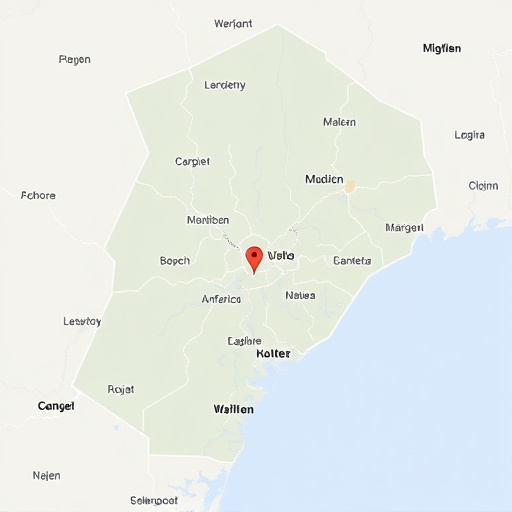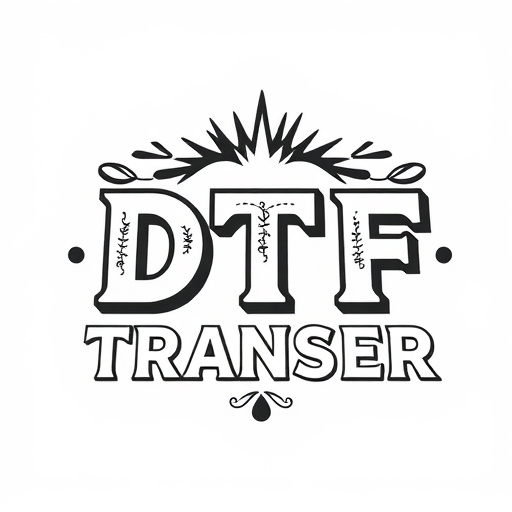Heat soak, a significant automotive engineering concern, arises from inadequate heat dissipation, affecting engine performance and efficiency, especially under heavy loads. This text compares Cold Air Intake (CAI) and Short Ram Intake (SRI) systems, which differ in their impact on heat soak. CAI systems draw cooler external air to lower charge air temperature, while SRI directly feeds from the engine bay for boosted power, potentially leading to increased heat soak during prolonged high-performance use. Understanding these distinctions is crucial for enthusiasts and mechanics selecting components to optimize both performance and heat management, balancing between fuel efficiency, raw power, or a compromise of both.
In the automotive industry, understanding heat soak vulnerability differences between Cold Air Intake (CAI) and Short Ram Intake (SRI) systems is crucial for optimal engine performance and safety. Heat soak, a significant issue in high-performance engines, can lead to reduced efficiency and even catastrophic failure. This article delves into the dynamics of heat soak, exploring its impact on both CAI and SRI systems. We analyze specific vulnerabilities, risks, and mitigation strategies, providing insights that help automotive professionals make informed decisions between these popular intake modifications.
- Understanding Heat Soak Vulnerability
- – Definition and significance in automotive systems
- – Types of heat soak vulnerabilities: Cold Air Intake (CAI) vs Short Ram Intake (SRI)
Understanding Heat Soak Vulnerability

Heat soak vulnerability, a critical aspect of automotive engineering, refers to the temperature rise of components due to inadequate heat dissipation. This phenomenon can significantly impact engine performance and efficiency, especially under heavy load conditions. When comparing cold air intake (CAI) and short ram intake (SRI), understanding how they influence heat soak is essential for enthusiasts and mechanics alike.
Cold air intake systems are designed to draw in cooler air from outside the vehicle, typically from the sides or front, to improve engine induction. This approach can reduce the temperature of incoming air, lowering the overall charge air temperature. Conversely, short ram intakes focus on direct air feeding from the engine bay, often using a smaller, more efficient tube layout. While effective for boosting power, SRI systems may not offer the same cooling benefits as CAI, potentially leading to increased heat soak during prolonged use under high-performance conditions.
– Definition and significance in automotive systems

In automotive engineering, heat soak refers to the phenomenon where an engine’s internal components overheat due to residual heat trapped within after a period of operation. This is a critical issue, especially in high-performance vehicles or those equipped with turbocharged engines. The vulnerability differences associated with heat soak can significantly impact system reliability and efficiency.
One key consideration lies in the contrast between cold air intake (CAI) and short ram intake (SRI) systems. CAI systems draw cold air from outside the vehicle, providing a constant supply of cool air to the engine, thereby minimizing heat soak. Conversely, SRI systems bypass the air filter and pull air directly from the engine bay, often leading to increased component temperature after prolonged use. This difference underscores the importance of proper ventilation and cooling strategies in automotive design, as they directly influence an engine’s susceptibility to heat-related vulnerabilities during various driving conditions.
– Types of heat soak vulnerabilities: Cold Air Intake (CAI) vs Short Ram Intake (SRI)

Heat soak vulnerabilities are a significant concern in automotive engineering, particularly as engines become more powerful and efficient. Two prominent types that often spark debates among car enthusiasts are Cold Air Intake (CAI) and Short Ram Intake (SRI). The primary difference lies in their air intake design and the impact on engine cooling.
CAI systems draw cold air from outside the vehicle, usually through an opening in the fender or grille, and direct it into the engine’s air filter. This cold air helps lower the intake temperature, improving fuel efficiency and power output. On the other hand, SRI intakes use a shorter, more direct path for air, often with less cold air extraction. While SRI systems can offer enhanced performance in some cases, they may not provide the same level of engine cooling benefits as CAIs, especially under extreme conditions. The choice between these two depends on the driver’s priorities, whether it’s fuel efficiency, raw power, or a balance between the two.
In conclusion, understanding heat soak vulnerability differences, particularly between Cold Air Intake (CAI) and Short Ram Intake (SRI) systems, is crucial for automotive engineers and enthusiasts. Both designs have distinct impacts on engine performance and efficiency under high-temperature conditions. Recognizing these vulnerabilities enables the development of more robust systems and informed choices to optimize vehicle dynamics, ensuring safer and more sustainable driving experiences in various climates.














